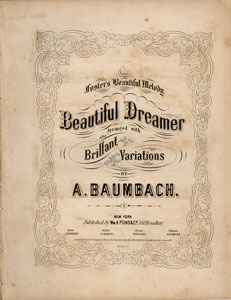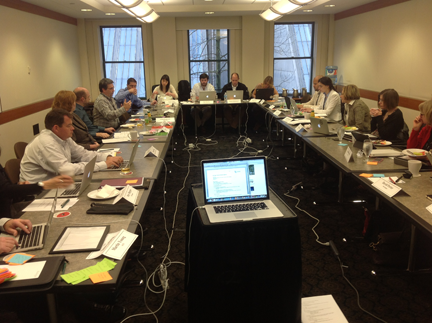Last week a researcher and educator by the name of David Liao contacted our team at Creative Commons about open courseware he had created, which we tweeted:
<script async src="//platform.twitter.com/widgets.js" charset="utf-8">
I sat down last Wednesday to speak with David about his course, motivations for using a CC-license, and about other challenges in scholarly communication and education that are being changed by new ways of “open.” He’s created a set of videos and curriculum titled A Mathematical Way to Think about Biology, released under a CC BY-SA license. David, an Analyst with the University of California, SF and a member of the Princeton Physical Sciences-Oncology Network, recognized that quantitative research is fundamental to hard science disciplines, but there are few openly licensed training resources on these methods that can translate to Biology as well as other non-scientific fields.

Screenshot from David’s Udemy course
Already a proponent of Open Access (OA) to research publications, David sums up his view on how principles of OA can be applied to education:
”Speaking loosely along the same lines of sentiment [of Open Access], it is likewise preferable to release, as free cultural works, both scientific literature and the instructional materials by virtue of which that literature becomes readable.”
As David explained, there is a gap between the highly-technical aspects of training future researchers and the practical resources available; one that he hopes to begin to fill by making his materials available online. He has developed more than ten learning modules ranging from fundamental mathematical concepts of algebra and geometry to more complex areas of spatially-resolved models and cellular automata, all described in ways that apply to the biological sciences. The slide decks and tutorial videos have all been released under a CC BY-SA license, which allows reuse and remixing the content, so long as any adapted content carries the same copyleft license. David’s content has been structured as a course, is available on the Udemy online learning platform and has had nearly one thousand participants use the material.
An advocate of many things Open for some time, our conversation shifted from OER to OA. David offered his take on Open Access and how scholarly communication has reached a point where tools like CC licenses are needed to maintain progress in a digital age.
“Ten years ago, when it came to negotiating legal matters around copyright and intellectual property, we would need to be able to do some serious Jiu-Jitsu, and likely involve a team of lawyers. Creative Commons [licenses] makes this communication so much easier.”

Fort Worth MMA and BJJ_5896 / ironsidemma / CC BY 2.0
By making his content available on the web and applying a CC license to his work, David has taken steps to not only make his educational media openly accessible, but also explicitly describe how others can reuse his work. A longstanding problem in defining the core characteristics of “open”, digital media that is freely accessible but does not allow for reuse or remixing is often confused with open content. David has been pleased to see learners using the materials in his course, as well as having had fellow college professors contact him about using his content to supplement their own teaching. When asked about his thoughts on others who likely will be remixing and building upon his learning content, David welcomed it fully, and is interested to have others to contact with links to derivative works.
A case study on the CC Wiki for A Mathematical Approach to Biology can be found here.
David’s course can be found on Udemy here, and his personal website is here.
You can also follow David on Twitter here.





